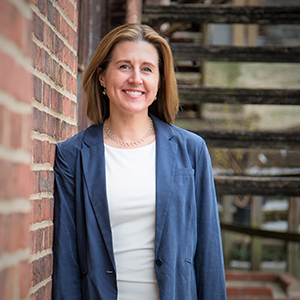
We experiment a lot at Accenture. Some experiments are more successful than others, but we learn something new from each. Usually we write about the more successful experiments, offering lessons learned and recommended paths forward. But here, I’d like to share a nascent, not yet tested idea: applying “social physics” to our learning and leadership development programs.
What is Social Physics?
MIT professor Alex “Sandy” Pentland, often called the father of social physics, defines social physics in his 2015 book, “Social Physics: How Social Networks Can Make Us Smarter,” as “a quantitative social science that describes reliable, mathematical connections between information and idea flow on the one hand and people’s behavior on the other.” He’s used social physics to forecast productivity of small groups, corporate departments and even entire cities with this fundamental thesis: Because we are impacted by those we physically interact with as individuals, teams and societies, we can change outcomes by changing patterns of interaction.
Social Physics at Work
Pentland’s writing is rich with examples that prove the nature and frequency of team communication to predict team performance is as significant as all other factors combined (individual intelligence, personality, skill and topics discussed) — observations enabled by technology tracking person-to-person interactions. For example, he helped boost call center team performance by advising that teams take breaks at the same time, nurturing social ties and communication.
In the U.S. and European Union, Pentland discovered poverty and crime levels can be predicted by a community’s isolation, whereas diversity of face-to-face communication and richness and denseness of social ties predict wealth. The more diversity of interaction, the more robust the idea flow and the more positive the outcomes.
Potential for Learning
We could harness these concepts across learning, using copious learner data to help us see, understand and prescribe interaction patterns that aid idea flow correlating to performance enhancement. We all know something magical happens when people connect with each other, so let’s more intentionally engineer human interaction across learning channels to expand networks, increase diversity of thought, and generate more creative connections, innovative ideas and durable learning — during and after learning events.
Social physics may prove incredibly powerful for both classroom and virtual channels, and potentially even for communities of practice, digital coaching, mentorship initiatives, longer-term/cross-channel leadership development programs and more. We won’t know for sure until we try, but all signs point to meaningful impact.
We are excited to see where this goes after a few more months of sorting through data privacy and technical details. We’ll share our findings as they take shape. Meanwhile, I hope you’ll explore social physics and the power of experimentation in your learning organization.














